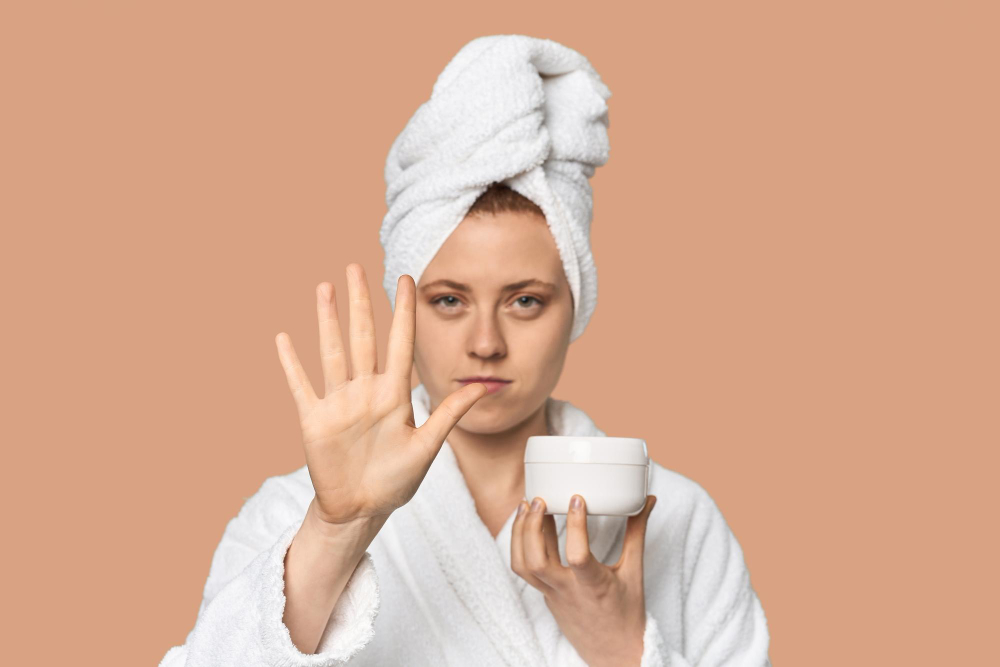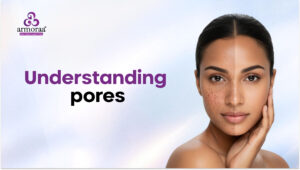
What is Retinols?
- Derivative of Vitamin A
- Mostly an over-the-counter product.
- After being applied to your skin, retinol converts into retinoid.
- Can be used over a longer period without causing adverse reactions
- Usage: Retinols are less strong and can be used over a longer period without causing adverse reactions
When and Who Can Use Retinols?

- Age to Start: Begin using retinols after age 25. If you’re younger, consult a dermatologist.
- Signs to Use: Consider retinols if your skin is dull, pores are enlarging, texture is rough, and fine lines are appearing.
- Initial Use: Start with non-exfoliating actives. If you have no adverse reactions, gradually introduce retinol.
- Usage Routine: Begin with retinols twice a week. If your skin tolerates it well, increase usage to alternate days and eventually daily.
- Combination with Peptides: For anti-aging, combine retinols with peptides to hydrate and soothe sensitive skin, improve collagen production, strengthen the skin barrier, and prevent signs of aging.
What Does Retinol Do to Your Skin?

- Main Target:
Retinol’s main target is to improve your skin’s collagen production. - Fight Against Free Radical Damage:
Retinol fights against free radical damage caused by sun radiation, blue light, and lifestyle choices. - Correction of Cellular Damage:
Retinols help to correct cellular damage and improve collagen production. - Anti-Aging Benefits:
1.Known as the best anti-aging medicine.
2.Shrinks pore size.
3.Reduces fine lines and wrinkles.
4.Regulates oil production by shrinking the glands that produce sebum.
5.Helps prevent acne by closing pores and correcting cell turnover. - All-in-One Super Candidate:
Retinols are considered an all-in-one solution for various skin issues due to their comprehensive benefits.
How much amount can be used?
- Concentration: Start with a 0.2% retinol concentration. If you experience dryness, switch to 0.1%. However, 0.2% is generally more effective.
- Usage Duration: Use retinols for a maximum of 6 months, then take a 3-4-month break. During the break, you can use peptides or other collagen-boosting ingredients like vitamin C or glycolic acid. After the break, you can resume using retinols.
- Application: Use retinols in your night routine. First, cleanse your skin, then apply your serum, and finally, use your moisturizer.
- Avoid Mixing: Do not combine retinols with exfoliating actives like glycolic acid, salicylic acid, azelaic acid, or lactic acid. If retinols suit your skin, you can use other actives on alternate days, but do not use them together.
- Timing: Retinols should only be used at night and should not be applied in the morning.
Things to Take Care of When Using Retinols

- Avoid Irritating Treatments: Do not use threading, waxing, bleaching, or home remedies that can irritate your skin, cause redness, or burns while using retinols.
- Vacation Considerations: If you are going on vacation, stop using retinols for a few days. Ensure you use sunscreen consistently.
- Special Conditions:
1.Do not use retinols if you are pregnant, breastfeeding, or have very sensitive skin.
2.If you have active acne, consult with your dermatologist before starting retinols.




